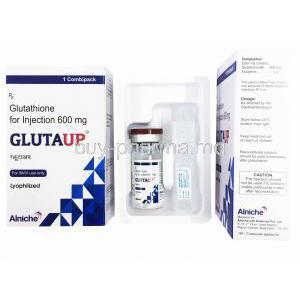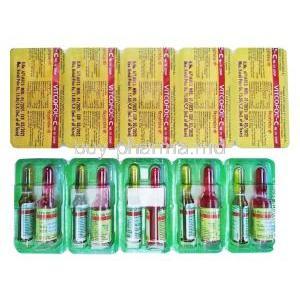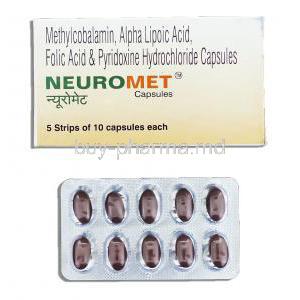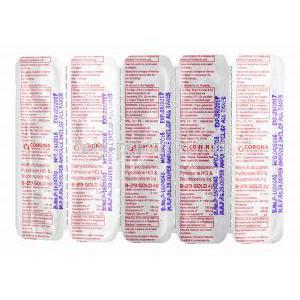Venofer IV Injection
- 1. Introduction to Venofer IV Injection
- 2. Composition of Venofer IV Injection
- 3. How Venofer IV Injection Works
- 4. Uses of Venofer IV Injection
- 5. Off-Label Uses of Venofer IV Injection
- 6. Dosage and Administration Guidelines
- 7. Common Side Effects of Venofer IV Injection
- 8. Serious Side Effects and Adverse Reactions
- 9. Interactions with Other Medications
- 10. Warnings and Contraindications
- 11. Administration Precautions
- 12. Handling Overdose Situations
- 13. Storage and Handling of Venofer IV Injection
- 14. Important Precautions and Careful Administration
- 15. Conclusion
1. Introduction to Venofer IV Injection
Venofer IV Injection plays a role in the medical field as a vital therapy for treating iron deficiency anemia. This injection, which contains a combination of ingredients, is an essential intervention for patients affected by this standard and debilitating condition.
- Overview of Venofer IV Injection: Venofer IV Injection is an approved solution used primarily to restore iron levels in individuals diagnosed with iron deficiency anemia.
- The Significance of Treating Iron Deficiency Anemia: It is essential to address iron deficiency anemia as it affects bodily functions, particularly the transport of oxygen and cellular metabolism, which are vital for maintaining overall health and vitality.
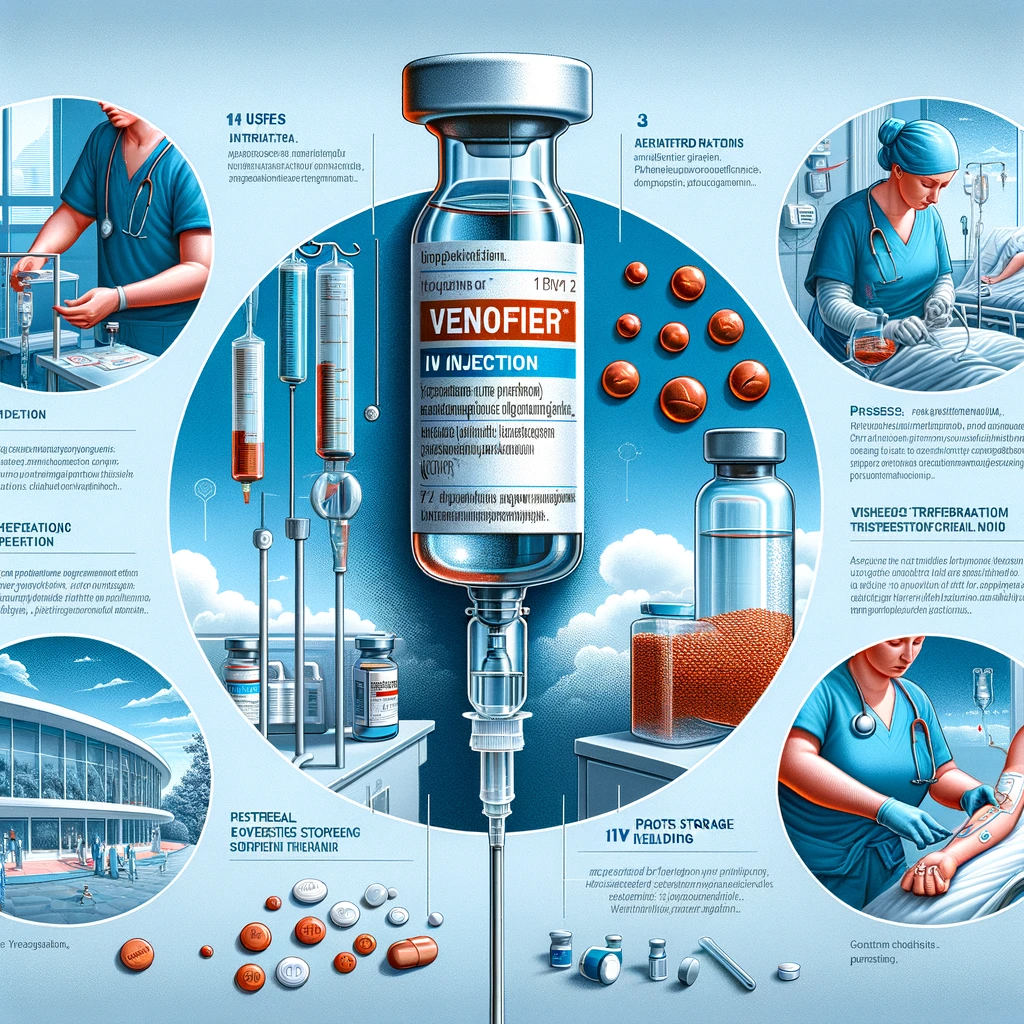
2. Composition of Venofer IV Injection
The effectiveness of Venofer IV Injection in therapy is due to its crafted composition. Each component in this solution plays a vital role in fighting iron deficiency.
- Key Ingredients and Formulation: Venofer IV Injection is a balanced combination of iron sucrose, a compound that helps deliver iron efficiently into the bloodstream, and other stabilizing agents that ensure the safety and effectiveness of the treatment.
- Understanding Iron Sucrose in Venofer: The main ingredient in Venofer, iron sucrose, is created to mimic how our bodies naturally absorb iron. This approach maximizes the benefits while minimizing potential side effects.
3. How Venofer IV Injection Works
The way Venofer IV Injection works3 to treat iron deficiency anemia is quite fascinating. Its mechanism explicitly targets this common condition's cause, providing a solid solution.
- How Venofer IV Injection works in treating iron deficiency: When administered, Venofer IV Injection quickly delivers iron sucrose into the bloodstream. The body then uses this iron to produce hemoglobin, crucial for forming red blood cells.
- The role of iron sucrose in blood formation: Iron sucrose in Venofer plays a role in hematopoiesis, the process of creating new red blood cells. This not only addresses the lack of iron but also helps restore the optimal capacity of blood to carry oxygen efficiently.
4. Uses of Venofer IV Injection
The Venofer IV Injection is a medical treatment that is used for a range of therapeutic purposes. Its primary use is to address iron deficiency anemia, but it also has applications in other clinical scenarios.
- The primary purpose of the Venofer IV Injection is to treat iron deficiency anemia. This condition occurs when a lack of iron leads to red blood cell count, fatigue, paleness, and weakened immune function. By replenishing iron levels, Venofer helps restore hemoglobin and red blood cell production, alleviating these symptoms.
- In addition to treating iron deficiency anemia, the Venofer IV Injection has uses in clinical practice;
- It can be used for patients who cannot tolerate or do not respond well to iron therapy.
- It can supplement iron levels in individuals undergoing hemodialysis along with erythropoietin therapy.
- It can manage iron deficiencies in patients with gastrointestinal disorders that hinder oral iron absorption.
While the primary purpose of the Venofer IV Injection is treating iron deficiency anemia, its versatility in managing other medical conditions highlights its significance in modern clinical practice. This particular intravenous formulation, known for its targeting and fast effectiveness, remains vital in the arsenal of treatments for conditions associated with iron imbalances.
5. Off-Label Uses of Venofer IV Injection
Venofer IV Injection, although primarily prescribed for iron deficiency anemia, is sometimes used in unapproved ways. These familiar yet unofficial practices involve using Venofer for conditions not explicitly mentioned in its labeling.
- Exploring Unofficial but Common Practices: Doctors occasionally prescribe Venofer IV Injection for conditions like fatigue syndrome or when there is a need for rapid replenishment of iron, even if standard guidelines do not explicitly recommend it. These decisions are usually based on the doctor's judgment and the patient's specific needs.
- Risks and Benefits of Off-Label Use: While off-label use can have benefits, there are also risks involved. Unanticipated adverse reactions or reduced effectiveness are concerns. Therefore, such usage requires consideration and should be guided by a comprehensive clinical evaluation.
6. Dosage and Administration Guidelines
Administering Venofer IV Injection requires following guidelines to ensure safety and effectiveness. The dosage2 varies depending on the age group. It is crucial to use proper intravenous administration techniques.
- Recommended Dosage for Different Age Groups: The typical dosage for adults is determined based on the severity of iron deficiency. For patients, dosing is often calculated based on their body weight and levels of iron deficit. Adjustments may be necessary for populations like older people or those with renal impairments.
- Intravenous Administration Techniques and Best Practices: Venofer should be administered intravenously as an injection or an infusion. It is essential to dilute it and follow recommended infusion rates to minimize the risk of adverse effects.
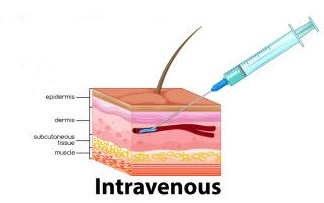
7. Common Side Effects of Venofer IV Injection
Like any treatment, Venofer IV Injection can have side effects4, which can range from mild to more severe reactions. It is essential to be aware of and manage these effects for the patient's safety.
- Handling Mild Reactions: Mild side effects commonly include disturbances, muscle cramps, or mild allergic reactions. These are typically manageable with medical interventions and often resolve without stopping the therapy.
- Frequency and Duration of Common Side Effects: While most side effects are temporary and occur after the injection, it is crucial to continuously monitor for any prolonged or severe reactions that may require immediate medical attention.

8. Serious Side Effects and Adverse Reactions
Although Venofer IV Injection is generally considered safe, there is a possibility of experiencing side effects and adverse reactions. Patients safety need to be aware of these responses and understand the potential long-term risks associated with using Venofer.
- Recognizing Severe Reactions and When to Seek Assistance: While rare, severe allergic reactions such as anaphylaxis, severe hypotension, and cardiovascular collapse can occur. If symptoms like difficulty breathing, chest pain, or severe dizziness arise, immediate medical attention should be sought.
- Long-Term Risks Related to the Use of Venofer: Prolonged use of Venofer may result in iron overload, which can lead to complications like liver damage, heart issues, and diabetes. Regular iron levels and liver function monitoring are advised to minimize these risks.
9. Interactions with Other Medications
It's essential to consider the possibility of drug interactions when administering Venofer IV Injection, especially if the patient is taking medications. Venofer may interact with antibiotics and antacids, affecting how well they are absorbed or their effectiveness. It is crucial to review all the medications the patient is taking to avoid any interactions1. When managing polypharmacy with Venofer IV Injection, it is necessary to coordinate the timing of administration and keep an eye out for any signs of interaction.

10. Warnings and Contraindications
Understanding the warnings and limitations associated with Venofer IV Injection is crucial to prevent any serious complications and ensure its safe and effective use.
- Knowing Who Should Avoid Venofer: Venofer should not be used in patients with hypersensitivity to iron sucrose or its components. Additionally, caution should be exercised when using it in patients with a history of iron overload or conditions that make them more susceptible to iron overload.
- Risks in Specific Populations and Health Conditions: Extra care should be taken when administering Venofer to groups, including individuals with liver dysfunction, pregnant or breastfeeding women, and elderly individuals, as they may be more vulnerable to experiencing side effects or complications.

11. Administration Precautions
The administration of Venofer IV Injection requires precautions, especially when considering vulnerable populations like older individuals, pregnant women, breastfeeding mothers, and children.
- When it comes to patients, the physiological changes that come with aging can impact how Venofer is processed and its effects on the body. It's crucial to adjust the dosage carefully and closely monitor for any side effects.
- As for using Venofer during pregnancy or while breastfeeding, we don't have information about its safety in these cases yet. It should only be used if the potential benefits outweigh the risks to the fetus and the infant.
- When administering Venofer to patients, it's essential to adjust the dosage and administration with caution based on their weight and iron levels. Close monitoring is necessary to identify any reactions that might occur.
12. Handling Overdose Situations
Excessive use of Venofer IV Injection can result in complications. It is essential to be aware of the signs and take action when dealing with such situations.
- Identifying Symptoms of Overdosage: Overdose symptoms can manifest as pain, low blood pressure, and, in severe cases, an excessive amount of iron in the body. Being vigilant about these symptoms is crucial for detection and intervention. Immediate.
- Ongoing Care: If an overdose occurs, immediate medical attention is necessary. Treatment involves providing measures and addressing the symptoms. Long-term care may include monitoring for and managing iron levels and associated complications.

13. Storage and Handling of Venofer IV Injection
It is essential to store and handle Venofer IV Injection properly to ensure it remains effective and safe. Following the recommended storage conditions and safety measures is extremely important.
- Storage Recommendations: Keep Venofer at room temperature, away from light and moisture. It should be stored where children cannot access it to maintain its stability and prevent degradation.
- Safety Precautions for Handling and Disposal: Avoid contamination while handling Venofer. When disposing of Venofer, follow the protocols for hazardous waste disposal. This will help prevent any contamination and ensure overall safety.

14. Important Precautions and Careful Administration
To safely use Venofer IV Injection, following precautions and administering it with great care is essential, especially in different health situations. Ensuring patients comply with the treatment and monitoring them diligently is crucial for achieving the results.
- Highlighting Safety Measures in Different Health Situations: When dealing with patients who have conditions like high blood pressure, diabetes, or heart disorders, it is essential to exercise caution when administering Venofer. In these cases, adjusting the dosage and closely monitoring for reactions are vital considerations.
- Ensuring Patient Cooperation and Monitoring: Educating patients about the importance of sticking to their treatment schedules and regularly checking for both effectiveness and side effects can significantly improve their treatment outcomes. This includes undergoing blood tests to keep track of iron levels and promptly detect any potential complications.
15. Conclusion
The discussion surrounding Venofer IV Injection revolves around its role in managing iron deficiency anemia, the considerations for its safe and effective use, and the changing landscape of its application.
- Summarizing Points on Venofer IV Injection: Venofer is a significant treatment option for iron deficiency anemia with specific guidelines for administering it, potential side effects to be aware of, and interactions with other medications.
- The Future of Iron Deficiency Anemia Treatment: As research progresses, our understanding and use of Venofer in treating iron deficiency anemia are expected to develop. Future advancements may bring effectiveness, reduced side effects, and expanded applications across different patient groups.



